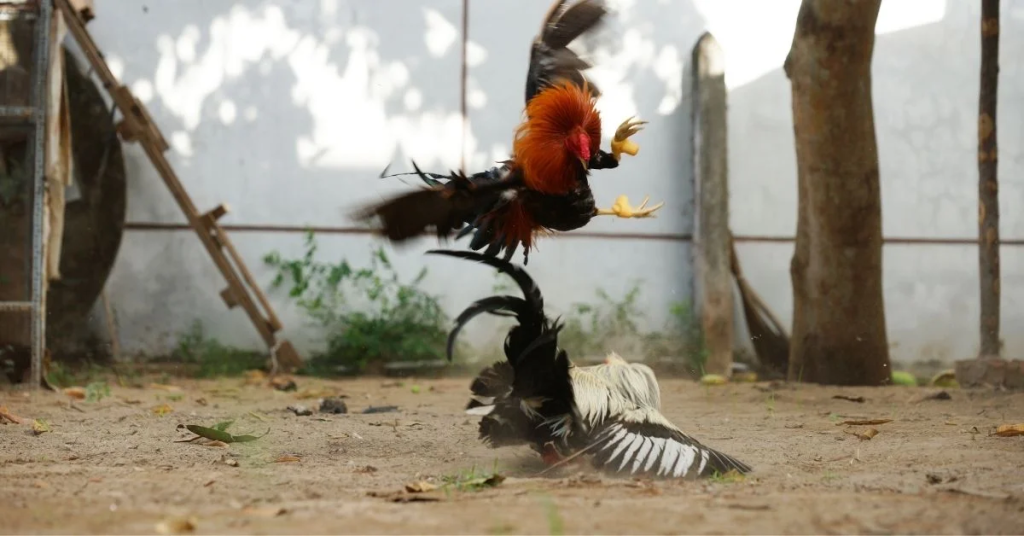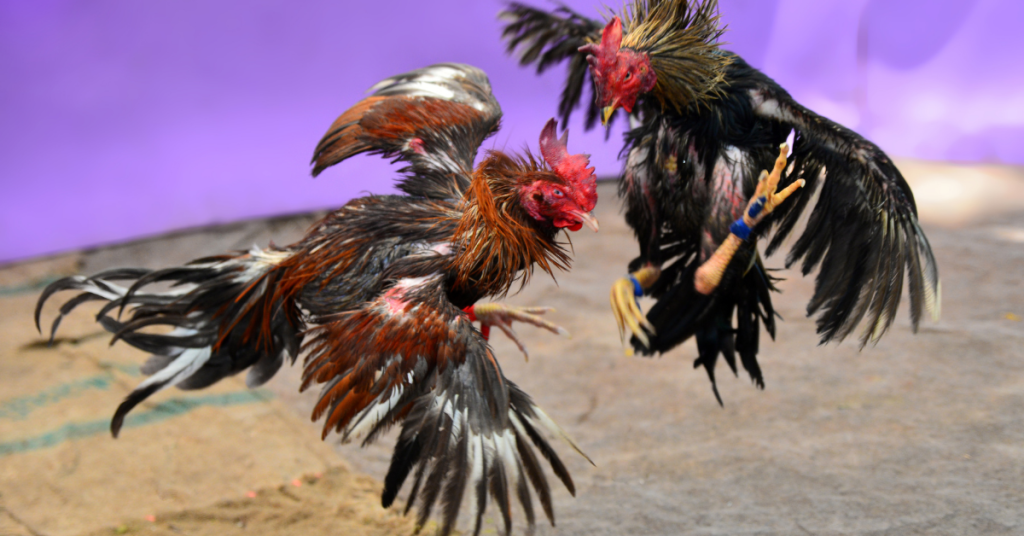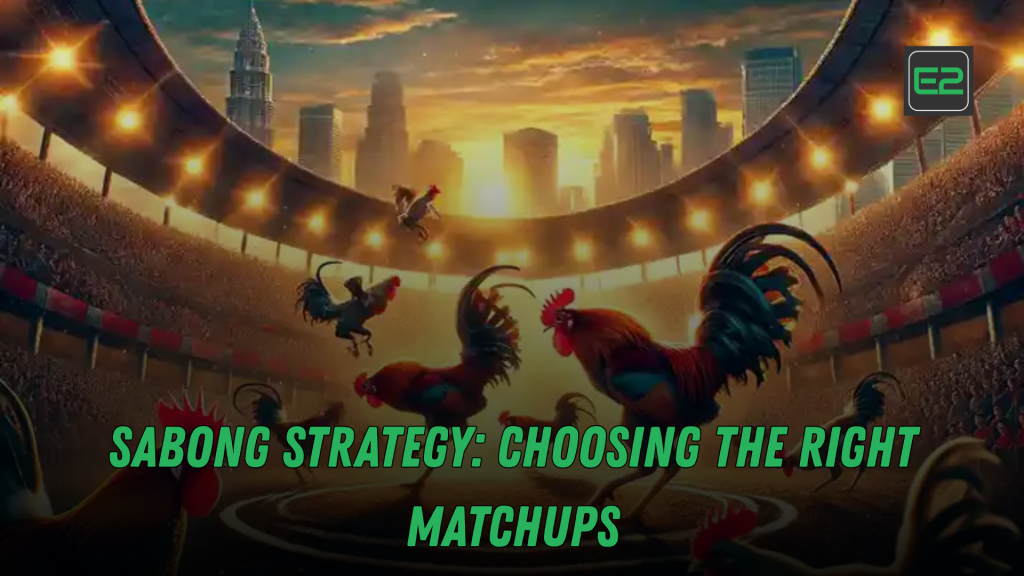In the world of sabong (cockfighting), success is not only about having the strongest and most aggressive roosters. The strategy behind choosing the right matchups can make all the difference between a victory and a loss. Whether you are a seasoned sabong enthusiast or a newcomer looking to gain an edge, understanding how to select the right matchups is crucial to increasing your chances of winning.
This article will explore the key strategies in choosing the right matchups in sabong, focusing on how breeders, trainers, and bettors assess and decide the best pairings for their gamecocks. We’ll dive into various factors that affect matchup selection, from the physical attributes of the roosters to psychological traits, and how you can apply these insights to improve your chances of success in the ring.
Table of Contents
Understanding Sabong Matchups
Before diving into the strategies, it’s important to understand what makes a sabong matchup in the first place. In simple terms, a matchup refers to the pairing of two roosters for a fight, and several factors influence how favorable a matchup is for each side. These factors include the rooster’s size, fighting style, temperament, and overall health. A savvy sabong participant considers all these aspects when deciding which rooster should face off against which.
Key Factors in Choosing Matchups
1. Physical Strength and Size
Size and physical strength are essential when choosing matchups in sabong. A larger, stronger rooster can have an advantage, especially in terms of endurance and the ability to overpower its opponent. However, size alone isn’t always the deciding factor.
- Strength and Stamina: Roosters with a more muscular build tend to last longer in the ring, especially in prolonged battles. A rooster with higher stamina can outlast a faster, lighter bird in longer fights.
- Weight Classes: When choosing a matchup, consider pairing birds within similar weight classes to ensure a fair fight. A significant size mismatch could lead to one-sided results, where the smaller rooster has little chance of winning.

2. Fighting Style and Technique
Every gamecock has its unique fighting style, and understanding these styles is vital to selecting the right matchups. Some birds are better at engaging in close combat, while others excel at quick strikes and evasion. Choosing the right pairing can exploit an opponent’s weaknesses and enhance your rooster’s chances of victory.
- Aggression vs. Defense: Roosters that are highly aggressive may perform well against defensive birds, but they may struggle against those that counterattack with speed and agility. For example, pairing a fast, tactical bird against a brute-force rooster could be an effective strategy.
- The Right Fighting Strategy: If you have a rooster that’s excellent at striking from a distance, you may want to avoid matchups with birds that are good at closing the distance and engaging in close-range combat.

3. Temperament and Mental Toughness
A rooster’s temperament plays a huge role in its ability to perform under pressure. Roosters that remain calm and focused tend to do better in intense situations. On the other hand, overly aggressive or nervous birds can make mistakes, leading to early exhaustion or unnecessary risks.
- Calm and Collected: Roosters with strong mental fortitude are able to stay focused during a fight, reacting to their opponent’s moves without panic. This kind of rooster is generally ideal for situations where patience and strategic moves are required.
- Aggressive and Resilient: Some birds thrive under pressure and can take risks, which may be beneficial against more reserved or passive opponents. However, choosing such a rooster for every match can backfire if the opponent can outlast or outthink the bird.
What Makes an Amazing Winning Rooster? Traits Every Breeder Looks For
4. Experience and Previous Performance
A gamecock’s track record in previous fights is an essential indicator of how it might perform in future matchups. Experienced roosters often have a better understanding of their opponents and may be able to adapt more quickly to the style of fight they are facing. On the other hand, younger roosters might still be learning and could be prone to making more mistakes.
- Veteran Fighters: If you’re facing an experienced rooster, it’s wise to choose a bird that has proven itself in similarly tough situations. Veteran birds usually have better endurance and experience handling pressure.
- Young and Promising: However, don’t underestimate young, promising roosters. With the right training, they can surprise opponents and deliver an upset victory.
Psychological Factors to Consider in Matchmaking
Apart from the physical and technical factors, psychology plays a huge role in determining the success of a sabong matchup. A rooster’s mindset and attitude toward the fight can significantly influence its performance.
- Fear Factor: Some roosters are more intimidating than others. A rooster with a confident posture and aggressive demeanor might induce fear in a less confident opponent, giving it a psychological advantage before the fight even begins.
- Training and Conditioning: A well-conditioned rooster is more likely to stay focused and perform at its peak. Regular training, exposure to various fight scenarios, and mental conditioning are just as important as physical strength when choosing a matchup.
How to Choose the Best Matchup
With the key factors in mind, here’s a general approach to help you choose the right matchup for your rooster:
- Assess Your Rooster’s Strengths and Weaknesses: Take a detailed look at your rooster’s physical abilities, fighting style, and temperament. Identify whether it’s best suited for quick attacks, long engagements, or counterattacks.
- Understand Your Opponent’s Traits: Study your opponent’s rooster to determine its fighting style, mental toughness, and physical advantages. Look for weaknesses you can exploit.
- Match Size and Strength Appropriately: Make sure the physical attributes of both roosters are relatively even. A mismatch in size and strength can result in a predictable and uncompetitive fight.
- Consider Experience Levels: Choose matchups where both birds have a similar amount of fighting experience. A bird that’s too experienced may overwhelm a less seasoned competitor.
- Factor in Psychological Edge: Choose a matchup where your rooster can mentally outplay its opponent. Roosters with a stronger psychological edge tend to perform better in stressful conditions.

Perfecting Your Sabong Matchup Strategy
Choosing the right matchup is key to success in sabong. By carefully considering the physical attributes, fighting styles, mental toughness, and previous performance of the roosters involved, you can increase the chances of victory. A well-thought-out strategy for matchmaking can turn the odds in your favor and bring you closer to winning in the ring.
Remember that sabong isn’t just about luck—it’s about understanding the game, making informed decisions, and continually refining your strategy. By paying attention to every detail, from rooster selection to fight psychology, you can improve your chances of becoming a sabong champion.
What do you think?
Are you ready to take your sabong strategy to the next level? Start observing and analyzing the roosters you face and refine your matchmaking techniques. The right approach can make all the difference in achieving victory.
In sabong (cockfighting), choosing the right matchups is a key strategy to increase the chances of victory. Factors such as physical strength, fighting style, mental toughness, and experience play a significant role in determining the outcome of a fight. A successful matchup involves selecting roosters with similar size, strength, and fighting techniques. Additionally, psychological factors such as confidence and mental focus are crucial for ensuring a rooster performs under pressure.
Frequently Asked Questions (FAQs)
1. What is the most important factor in choosing a sabong matchup?
The most important factor is the physical strength and fighting style of both roosters. Ensuring that the birds are evenly matched in terms of size and technique is crucial for a fair fight.
2. How can I tell if a rooster is mentally tough enough for a fight?
Roosters that remain calm and focused, even in stressful situations, tend to be mentally tough. You can observe this through their behavior in training or during earlier fights.
3. Should I always choose an aggressive rooster for a matchup?
Not always. Aggression can be beneficial, but it needs to be balanced with strategy and calmness. Sometimes a more strategic rooster with good defensive skills is a better choice.
4. How can I improve my rooster’s chances of winning?
Proper training, conditioning, and psychological preparation are key. Regular exposure to different fight scenarios and consistent physical conditioning will help improve your rooster’s performance.
5. Can a young rooster beat an experienced one?
Yes, with the right training and strategy, a young rooster can surprise an experienced one. However, it will require excellent conditioning, mental focus, and exploiting the opponent’s weaknesses.
